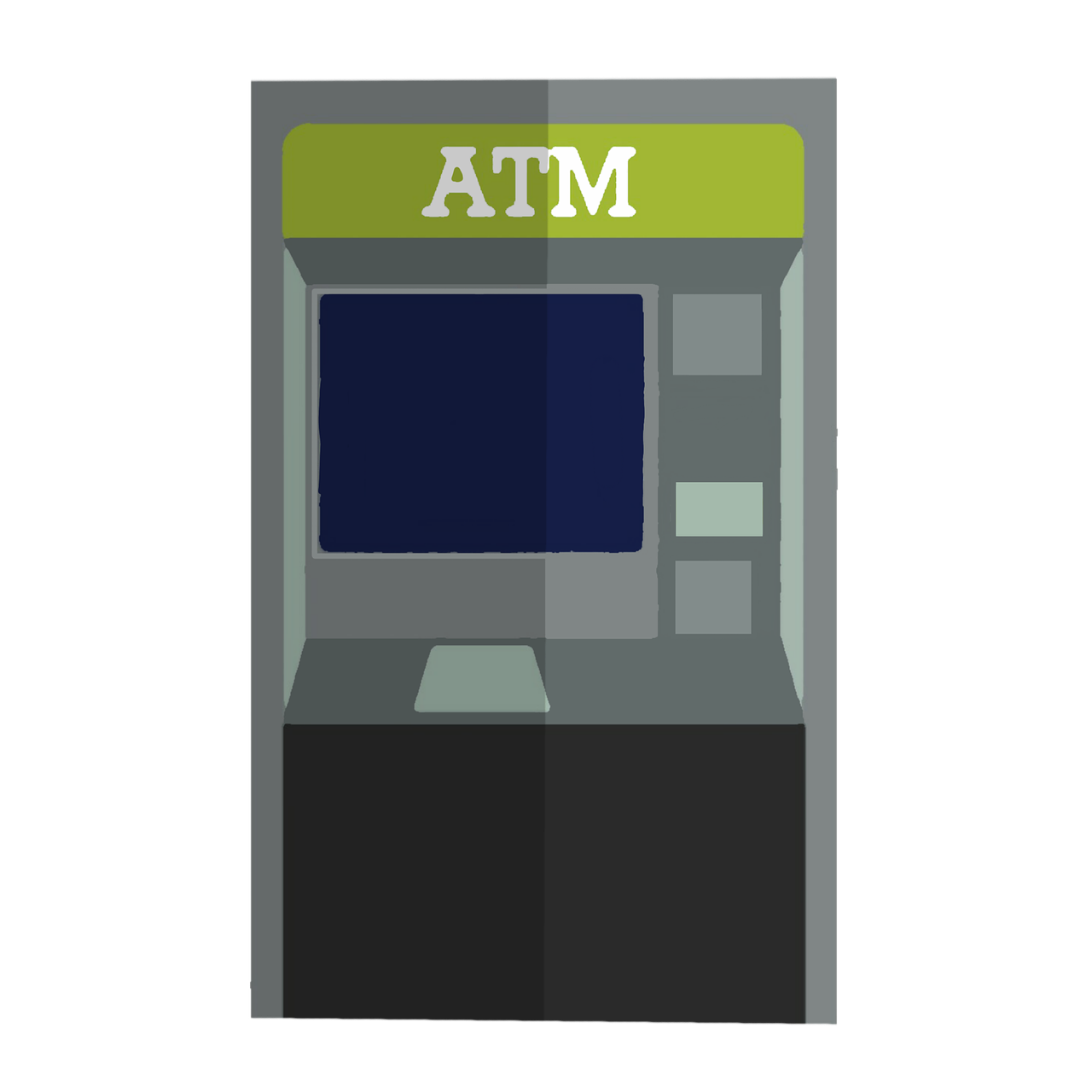When was the last time you visited an ATM? It makes our lives so easy right, rather than having to go all the way to your bank branch.
Table of contents [Show]
But does your state contribute to the largest number of ATMs in the country?
If you belong to Tamil Nadu, the answer is a YES! According to the most recent RBI data for the quarter from October to December 2022, Tamil Nadu has the best ATM density per one lakh residents. There are 39 ATMs in the state for every 1,00,000 residents.
In fact, the ATM density per one lakh people in all southern states is higher than the national average of 19. Telangana, Karnataka, and Andhra Pradesh each have 31, 29, and 23 ATMs per lakh residents, compared to 32 ATMs in Kerala.
So does that mean that the southern states are super rich? Not exactly.
If you were to go up north, with only eight ATMs per one lakh people, Bihar has the lowest ATM density. Only 11 ATMs are available for every one lakh people in Uttar Pradesh. Similar to Jharkhand, Madhya Pradesh, Rajasthan, and West Bengal, these states all have numbers that are greater than the overall average.
With 20 ATMs available for every lakh people, Gujarat is only marginally over the national average.
High ATM density: What does it mean?
It indicates that there will be less people in the lines outside ATMs. Additionally, it would mean that consumers would have to travel less distances to get an ATM, at least in urban areas.
Furthermore, a high ATM density may be indicative of easier access to cash and other banking services, which might help residents in these states in better managing their finances and engaging in the economy.
It's crucial to remember, though, that even having a high per capita access to ATMs does not ensure that every part of the population will have access to banking services or financial services. It may still depend on where you live, especially for those who live in rural areas.
So what do you think must be done?
Serious efforts must be taken to strengthen the general infrastructure, increase financial literacy programmes, and promote banking solutions. Underprivileged groups have to be reached in order to address this unbalanced access to ease of banking.








